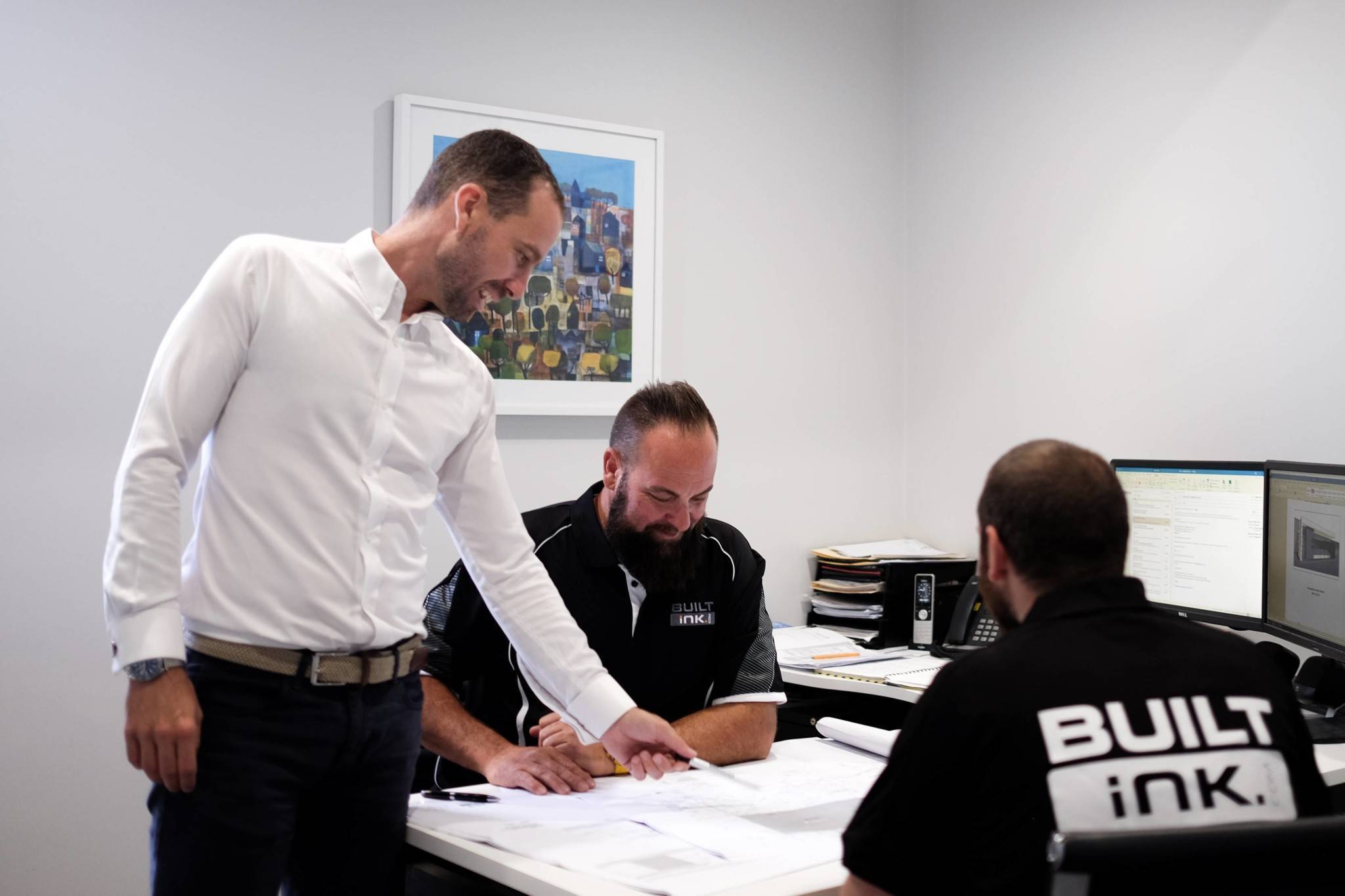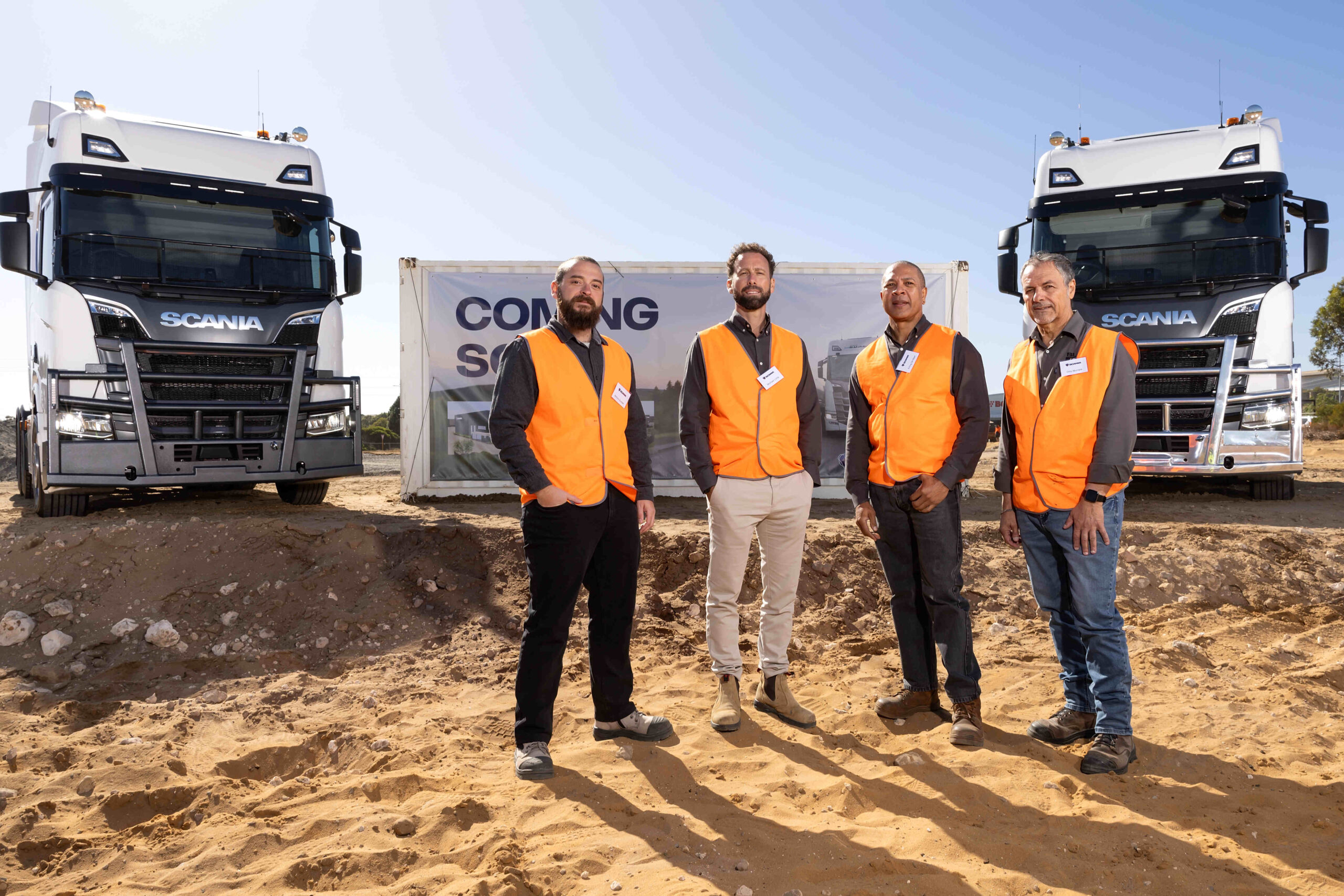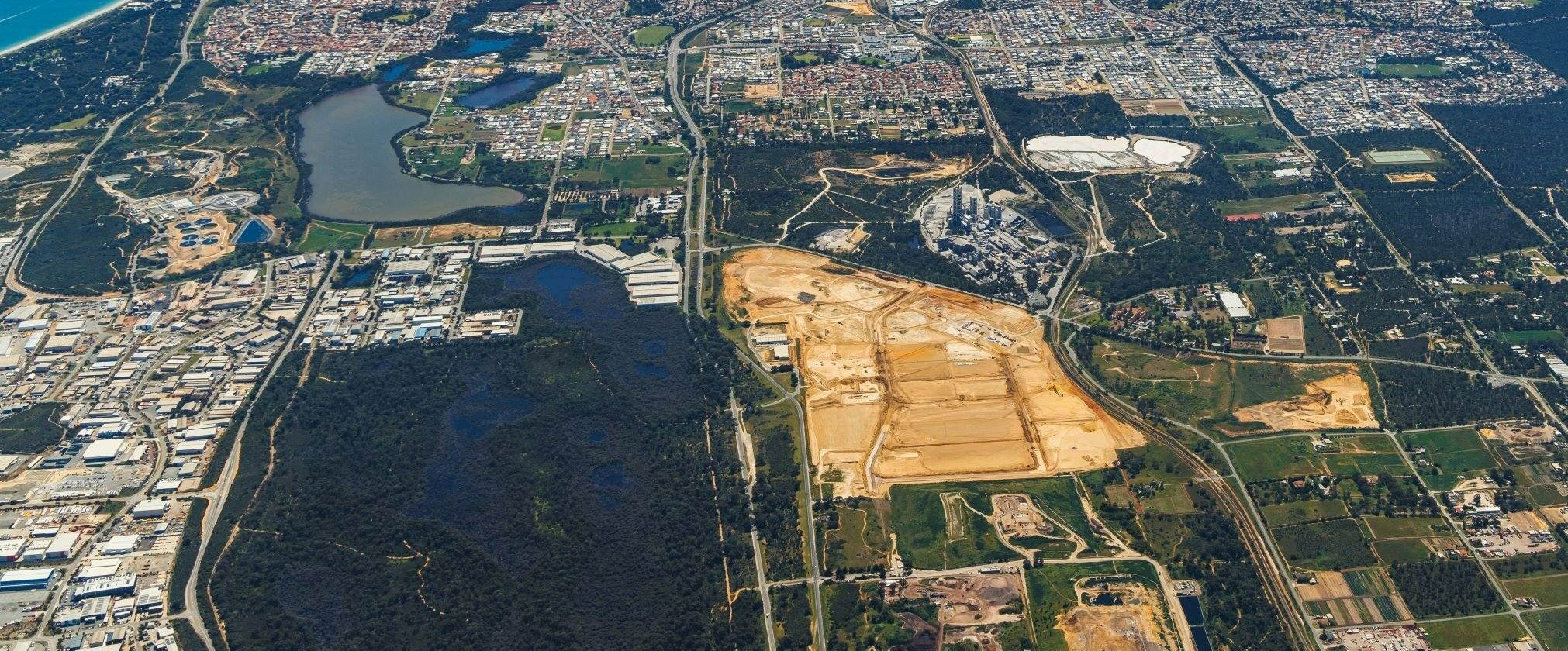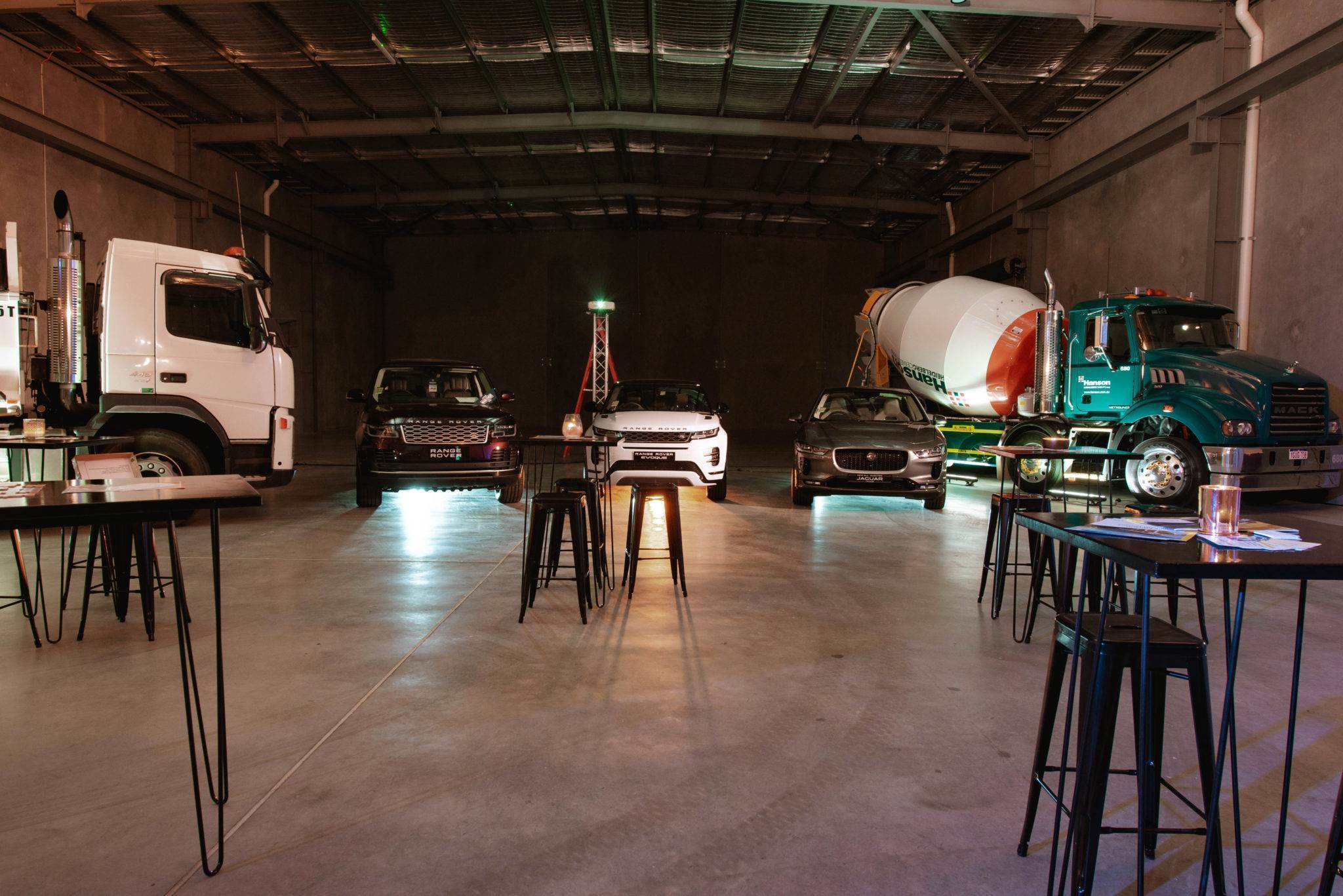For many 2020 brings a glimmer of hope. A new decade, a new change and a sense of goodbye to what has been one of the most tumultuous times in the construction industry. From boom to bust, to a very slow recovery-well at least for Perth.
With the cash rate staying put at the beginning of 2020, it looks like the foundations for the year are already off to a good start. Plus the predicted pipeline of work in both the mining and infrastructure sector should help kick things off further.
The past decade saw some serious hardships. 2008 and 2009 saw the height of the global financial crisis and investment in property sectors screech to a halt as buyers weathered the challenging financial conditions.
But going forward where do we predict the industrial construction market going.
The commercial building sector in Australia has been growing steadily according the to Master Builder’s Association Forecast of the industry with a 3.2% increase from the previous year. Largely thanks to healthy job creation and low financing costs. However, this growth may be short-lived as it predicts a peak in 2020 followed by recovery with a predicted reduction in activity by the time we hit 2022/23 with exceptions being the heath, retail and transport buildings.
Although some areas are still of concern it was refreshing to hear Sarah Coxon’s, Director of Coxon Group, at the Property Council’s 2020 Outlook Conference held last week give a positive opinion on the industrial sector of Western Australia. Ms. Coxon explains ‘from an insider’s perspective 2020 looks exciting, vacancies are coming off and incentives are coming down and more importantly, rents are coming back’ going on to state that ‘there is a big capital market out there looking for commercial land’.
Although the Master Builders Association’s Building and Construction Industry Forecast is stipulating an overall commercial building activity fall in 22/23, it is predicting that retail, health and transport buildings will buck this trend and return decent gains. A message reiterated by Ms Coxon who claims there being 3 key drivers for growth in the WA Industrial sector including e-commerce, consumer staples and manufacturing.
E-commerce will begin to dominate, which means the supply chain behind it needs to be fed including logistics. Pharmaceutical and medical supplies will increase with our aging population and manufacturing are set to increase with our export market growth. According to JLL’s Perth Industrial Market Update 3Q2019 this was up in August 2019 by 26.5%. A trend that is expecting to see WA’s Gross State Product (GSP) to continue to rise over the next 5 years at an average 2.9% per annum.
But the big question posed is ‘will we have enough supply of well buffered and well accessible industrial parks as businesses seek metropolitan locations with well serviced logistic paths.’ Something that no doubt will require rezoning to change.
All in all, the Industrial outlook in the WA economy is continuing to recover for now. With major shopping precincts, the State Governments Metronet program and other rail and road improvements and extensions being the key drivers for growth. A steady incline will be evident with main sectors benefiting in the near future. Let’s just hope it sticks around to breed confidence in business and investors.




